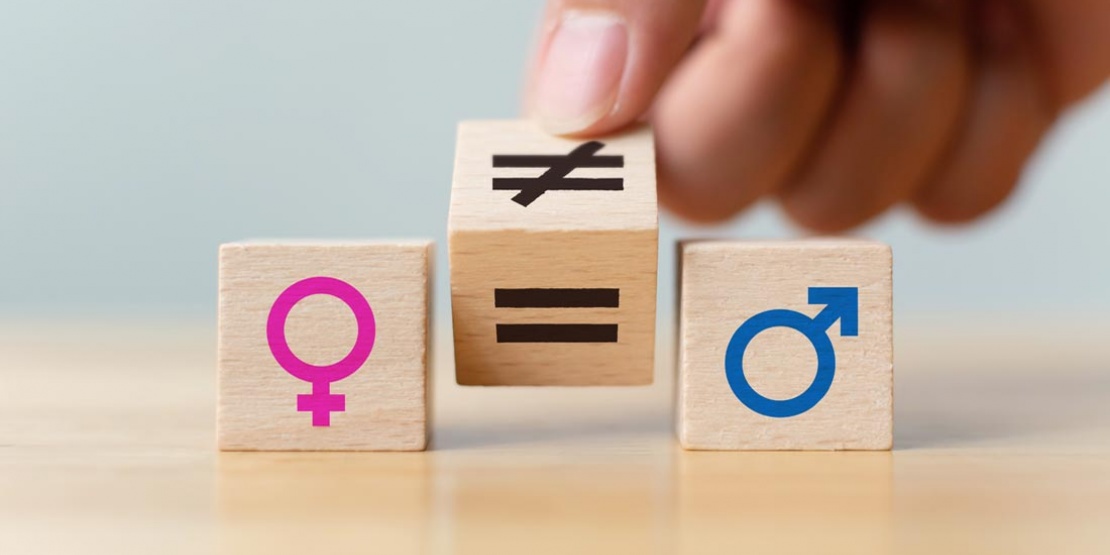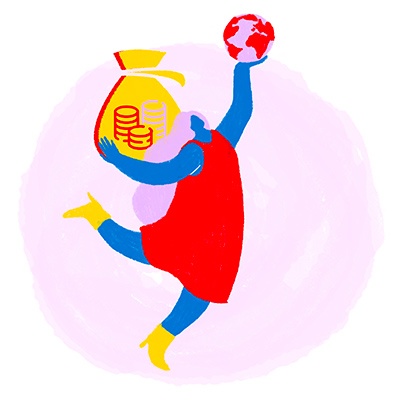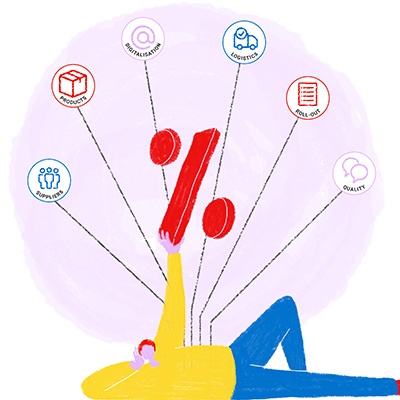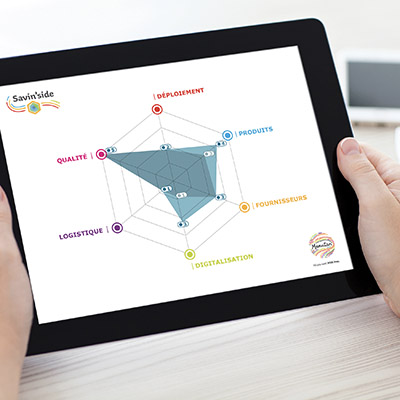Although companies have made excellent progress in gender equality, there is still a long way to go. Among other things, the Global Gender Gap Report reminds us that there are fewer women in the labour market, they are underrepresented in management roles and they are not as well paid as men. However, with International Women's Day (8 March) fast approaching, what is the situation in procurement?
Procurement and gender equality
Procurement has a special role to play in gender equality in the workplace, as it can influence a company's policies for both procurement and human resources. In particular, there are three main areas of improvement:
- Promoting access to management roles
In a survey looking at the salaries of procurement employees, almost 15% of the chief procurement officers who completed the questionnaire were women. This clearly shows the lack of women occupying management roles in procurement.
- Buying from women-led companies
Women who head up a company face many unique challenges in comparison to their male counterparts, including limited financing, time constraints and lack of confidence. However, in some regions, it is the companies led by women that are experiencing the most growth.
- Valuing women in logistics
Many women work in the supply chain sector. However, they too face difficulties such as poor working conditions, unequal pay and limited access to maternity rights and training.
Three questions to further improve the situation
As we enter a new decade, gender equality must be a priority and now is the time to reassess. With this in mind, Procurement Leaders has come up with three key questions that procurement departments should consider to assess their position on gender equality:
- How can your practices and processes enable—or limit—the growth of women in your procurement department? Think about your recruitment practices, company culture etc.
- How are you engaging with women-led businesses? How could you increase or unlock their potential? Set goals involving supplier diversity programmes, for example.
- How could you leverage your spend and supplier relationships to promote gender equality across your supply chain, and incentivise suppliers to take a stand for women's empowerment? Raise awareness on gender equality among your suppliers and integrate this criterion into your supplier selection process.
Gender equality is a fundamental right that goes hand in hand with productivity and value creation. Don't put it off any longer, let's begin the new decade by taking action!
Source: Procurement Leaders








